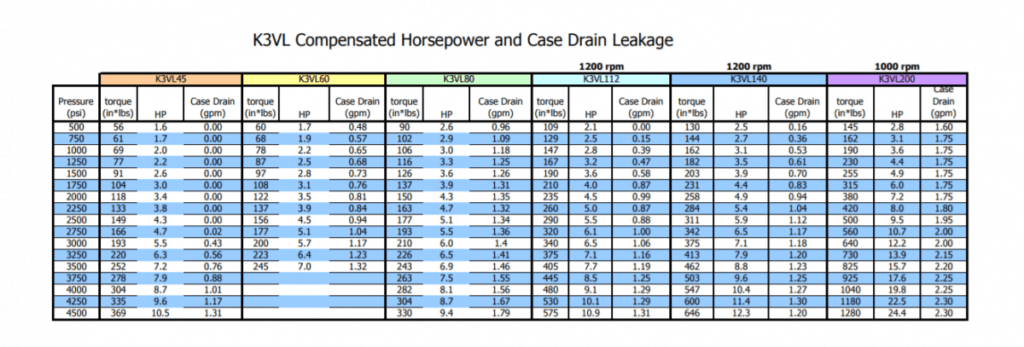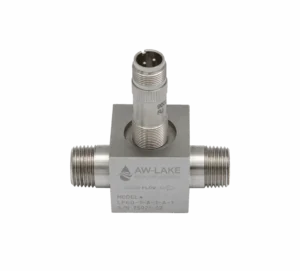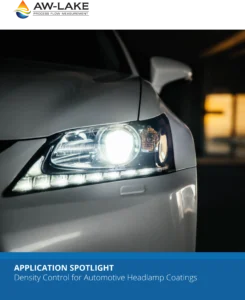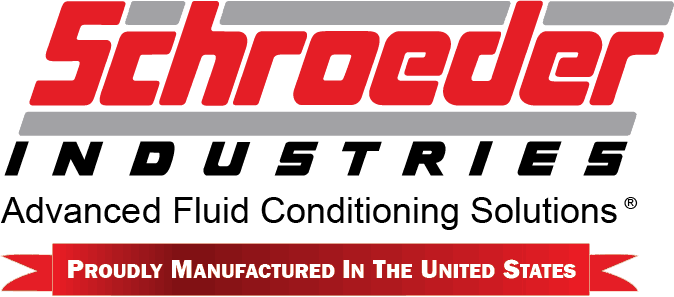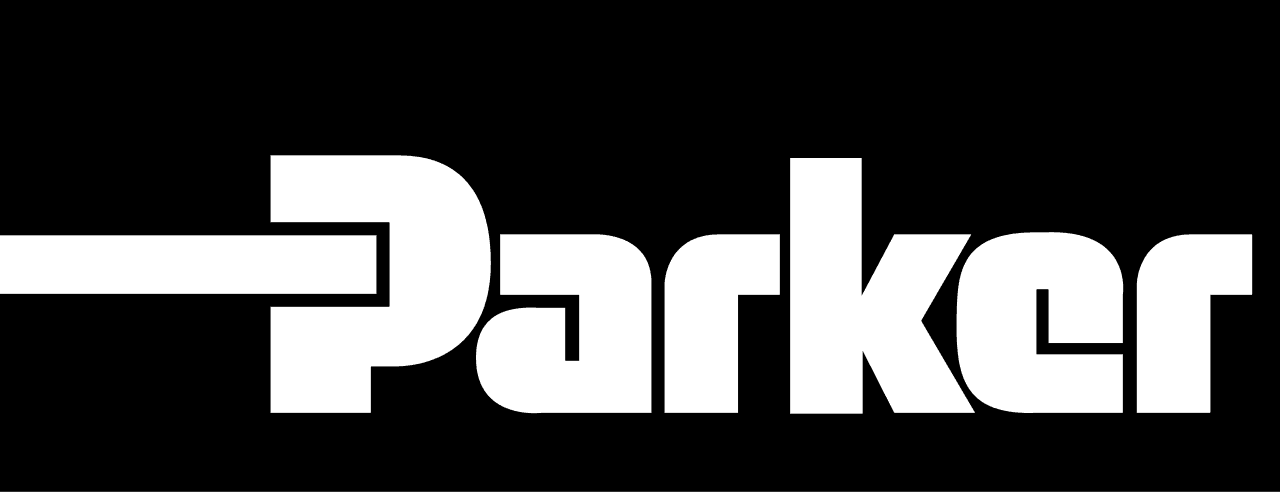Zek Grantham | August 28th, 2017
Pressure compensated hydraulic systems are becoming more popular due to their high efficiencies. These systems run great when properly applied but there are things you should know before you run a pressure compensated system.
Heat and contamination are the two leading causes of failure in a hydraulic system; if both aren’t properly maintained then your system will inevitably fail. For now, let’s focus on the heat. Heat can be a hard culprit to chase down when starting a prototype system. Two major factors of heat generation in a pressure compensated system are relief valve heat and standby heat.
Relief Valve Heat
When first starting up a pressure compensated hydraulic system, you have to always set the pressures on the pump’s compensator and the main system relief valve. Doing this properly is the key to avoiding heat generation. The compensator must always be set at a lower pressure than your system relief valve. If the system relief is lower or equal to the compensator setting, you will have constant flow over the main relief, which will then produce a ton of heat until the system fails. It is a safe practice to set your system relief valve 300 PSI above what your compensator is set at. This will ensure no flow is going over the relief during normal working conditions but will still protect your systems from any pressure spikes.
Standby Heat
A cause of heat that is rarely considered – and to some, completely unknown – is the standby heat. The benefit of a pressure compensated pump is that it will destroke once the pressure builds to the compensator setting, therefore cutting off the pump flow but still maintaining the desired pressure. The downfall to this is that if you are running at a high pressure and are destroked at the compensator pressure, you are creating heat inside the case which will flow out of the case drain line and into your reservoir. Many may think of this as a minor amount of heat, but if a system is left sitting in this high-pressure standby state, the heat can become a major factor in your system. Below is a chart that shows just how much heat can be created at different pressures and speeds when sitting at compensator pressure.
Click Image to Enlarge
Implementing Into Your Machine
Knowing how to set up your pressure compensated system, as well as knowing the conditions it will be operating under, is key to preventing heat generation in your system.If you know that your system is going to be sitting for long periods of time in a standby state, you will want to consider running your case drain line through a cooler (be aware of back pressure if you do) or switch your system over to a load sense system, which will help reduce this heat generation by going to a low standby pressure of 300 PSI. Knowing these two simple heat generators can help you diagnose where the high temperatures in your system may be coming from.

